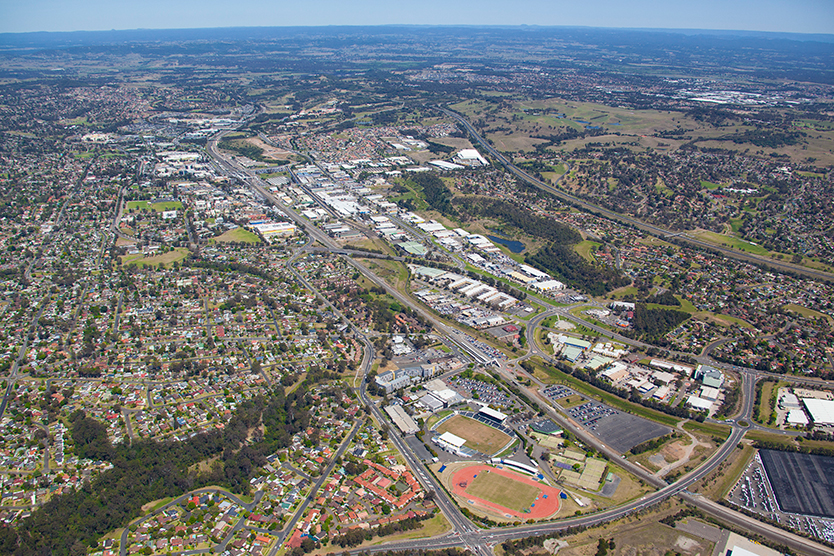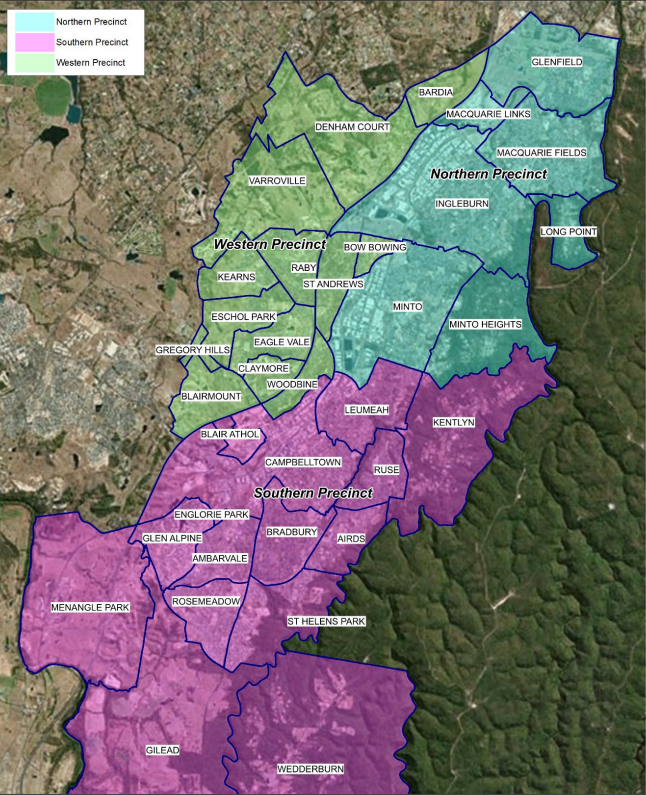
Campbelltown could be home to as many as 270,000 people in 20 years, according to a new report.
The Campbelltown 2022 Report, which is being tabled at tonight’s council meeting, says this could mean an extra 100,000 people.
Data from multiple sources, including the 2021 Census, Health Stats NSW, Resilience Sydney and Campbelltown Council’s 2022 Community Survey, were used to prepare the comprehensive report.
It won’t come as a surprise to current residents that the report found Campbelltown is growing in cultural diversity, with 12,630 overseas born people moving into the area in the past five years.
Campbelltown, as most of us know, is heavily car dependent, with this being the primary method of travel for local residents.
In council surveys, residents have indicated a level of dissatisfaction with the local road network.
They are also unhappy over internet availability within public places.
The Campbelltown economy- on the other hand is growing faster than the NSW average, and represented as gross regional product (GRP) is estimated at around $8.75 billion a year.
On the minus side, residents have indicated a level of dissatisfaction with the two major commercial centres in Campbelltown City Centre and Ingleburn City Centre, according to the report.
A large proportion of residents currently leave the LGA for work, with this highest among residents employed in white collar occupations.

Residents surveyed were dissatisfied with local job opportunities.
The report says Campbelltown has higher rates of crime than the NSW average across 15 of the 17 major offences. However, 64.5 percent of residents responded positively to feeling safe in their local community.
Campbelltown also has greater levels of socio-economic disadvantage, the report points out.
There is also a rising number of homeless residents and residents that need assistance with day to day activities.
Local residents typically have poorer health as compared to Greater Sydney and NSW.
On the education front the report makes it clear there is room for improvement: Local schools typically have lower attendance rates and achieve lower NAPLAN results than the benchmark.
Back on the survey front, residents say they do not feel they are being informed on local issues or having their say, with just a third saying they are satisfied.
